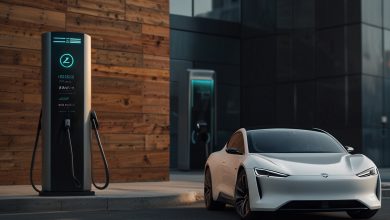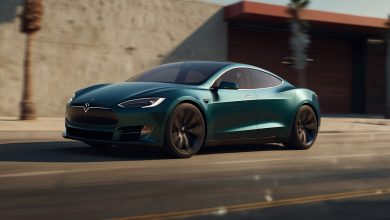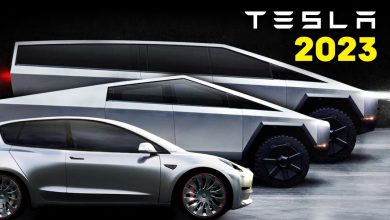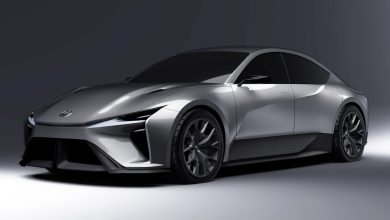Information About Electric Cars
Information about electric cars
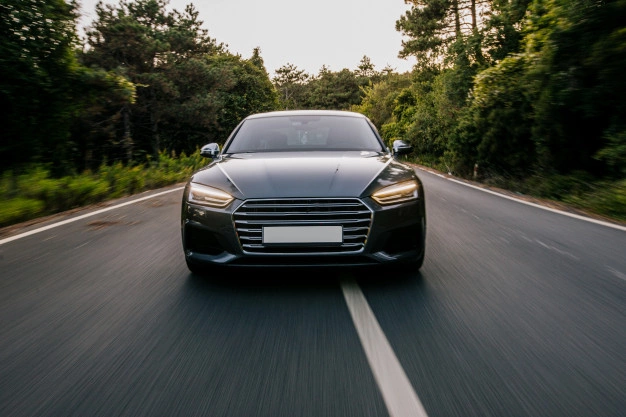
Electric cars are cars that use an electric motor to drive them, as the engine is powered by batteries and these batteries are charged at charging stations, and these cars do not produce any harmful emissions to the environment.
Information about electric cars
- Whereas, electric cars preceded diesel and petrol cars for many years, and between 1832 and 1839, Scottish inventor Robert Anderson invented the first electric vehicle.
- This made this type of car successful until 1913.
- That’s when an American car company invented the electric starter in internal combustion engines, which led to the demise of electric cars.
- Later on, electric cars were developed.
- The ownership of these cars increased from 1,607 in 1992 to 55,852 in 2004.
Read more: Hybrid electric cars 2021
What is the way electric cars work?
- Electric cars are similar to conventional cars in terms of exterior appearance, similar bodies, and interior designs.
- However, this type of electric car differs from conventional cars in terms of the basic parts, which are the energy storage unit, the control unit, and the drive unit.
- The energy is usually stored in a high-end battery, the most common of which is the bulk chemical battery.
- The control unit is the basis of these cars as it regulates the operation and propulsion of the car as well as converting alternating current into direct current power.
- The propulsion unit converts this energy into physical motion to act as an electric motor.
- These cars differ from each other and the difference is in terms of the three main components.
- For example, an electric motor could be in a car at the back instead of at the front.
- It can also be several electric motors, and the energy may be stored in bulky lithium-ion or lead-acid batteries.
Features of electric cars
- In light of the rapid development of the automobile industry and the production of environmentally friendly cars that run on electricity instead of petroleum derivatives.
- Cars that run on electricity have been produced.
- Where electric cars have many advantages and this is what distinguishes them from other traditional cars, and the following are these features:

Electric car charging:
The electric car can be charged at home without the need to go to the gas station or charging station these cars.
Read more: Types of electric and hybrid cars
Distance covered by a single charge:
- Where the new electric car can travel a distance of 200 kilometers on a single charge.
- Some hybrid cars can also travel 40-80 kilometers on electricity.
- The distance an electric vehicle travels depends on the battery size, vehicle weight.
- And temperature, as well as the driver’s driving style.
Electric vehicle charging cost:
- The cost of charging an electric car at charging stations is less than what a petrol car costs.
- The annual average charge for an electric vehicle is $530.
- Average fuel bill is about $2,500 per year.

